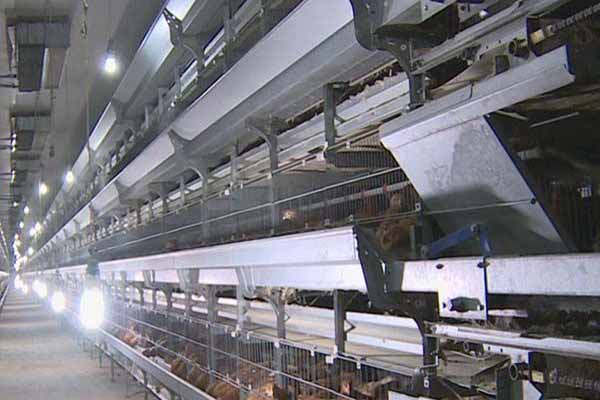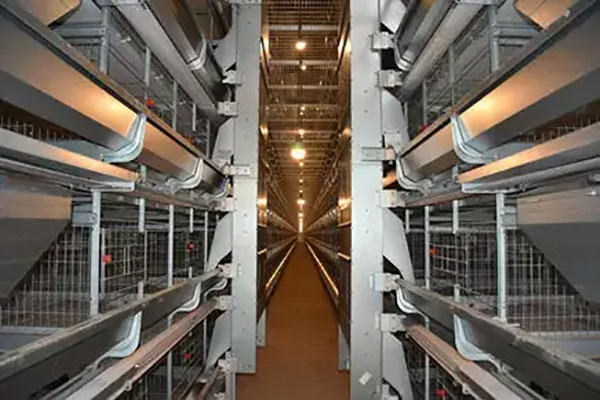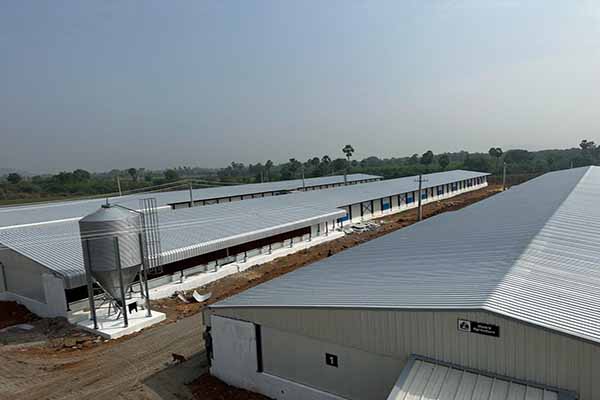Optimizing Layer Cages for 30,000 Birds in Tanzania: A Comprehensive Guide
Chicken farming has become a lucrative business in Tanzania, with many investors looking to maximize their ROI through efficient management. One of the key components of a successful chicken farm is the use of layer cages for housing up to 30,000 birds. This article will delve into the best practices for setting up and maintaining layer cages for large-scale poultry operations in Tanzania.

Understanding Layer Cages for 30,000 Birds
Layer cages are designed to accommodate layers, which are hens that lay eggs. These cages are typically made of metal and come in various sizes to fit different farm requirements. For a farm housing 30,000 birds, it is crucial to choose the right type of cage to ensure the health and productivity of the flock.
- Size and Capacity: Each cage should be designed to house around 100 birds. This ensures that each bird has enough space to move around and reduces the risk of disease.
- Material: High-quality steel is recommended for durability and resistance to corrosion.
- Feeding and Watering Systems: Automated feeding and watering systems are essential for efficient management of a large flock.
Setting Up Layer Cages for 30,000 Birds in Tanzania
When setting up layer cages for 30,000 birds in Tanzania, several factors need to be considered to ensure a successful operation.
Site Selection
Choose a location that is easily accessible, close to transportation routes, and has a reliable power supply. The site should also be well-drained to prevent waterlogging and disease.

Design and Layout
The layout of the farm should be designed to maximize space and efficiency. Consider the following:
- Distance Between Cages: Ensure there is enough space between cages for easy cleaning and maintenance.
- Access Points: Include easy access points for feeding, watering, and collecting eggs.
- <st
 rong>Environmental Control: Provide adequate ventilation and temperature control to maintain optimal conditions for the birds.
rong>Environmental Control: Provide adequate ventilation and temperature control to maintain optimal conditions for the birds.
Maintenance and Management
Regular maintenance is crucial for the longevity and efficiency of layer cages. Here are some key points to consider:
- Cleaning: Clean the cages regularly to prevent the buildup of dust, feathers, and waste.
- Repair and Replacement: Address any issues with the cages promptly to avoid potential health risks for the birds.
- Monitoring: Keep a close eye on the birds’ health and behavior to identify any potential problems early on.
Conclusion
Setting up and maintaining layer cages for 30,000 birds in Tanzania requires careful planning and attention to detail. By following the best practices outlined in this article, you can create a successful and profitable chicken farm. For more information on layer cages and our range of poultry equipment, please contact us for a free design consultation and equipment quote.




